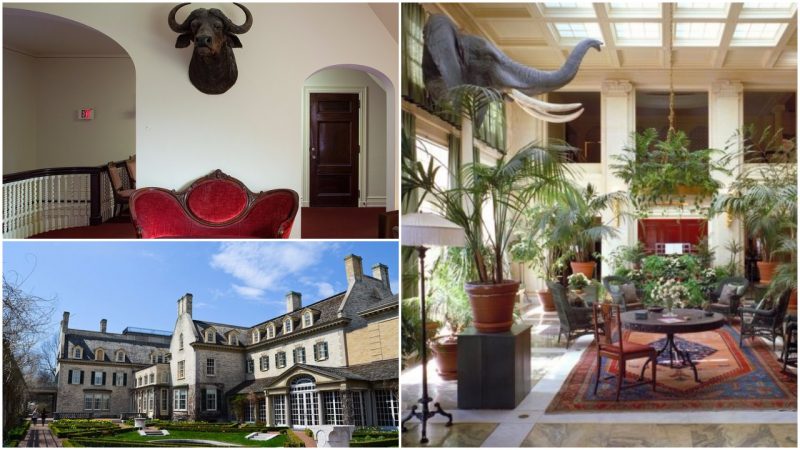Located in Rochester, New York, the George Eastman Museum was once the home of the founder of the Eastman Kodak company. It is one of the oldest film archives in the world, and a premiere place for film preservation and conservation of photographs.
A major philanthropist, donating over $100 million to projects in Rochester and around the world, George Eastman did not seek public acknowledgment of his generosity. He is, however, the only person to be represented by two stars on the Hollywood Walk of Fame for his inventiveness and the popularization of the use of roll film.
George Eastman was born in 1854 in Waterville, New York. Six years later, the family moved to Rochester, but two years after that, the elder Eastman died suddenly, leaving his family without financial resources. George Eastman left school at age 14 to support his mother and two older sisters. He first worked at a local insurance company and then as a junior clerk at a Rochester bank.
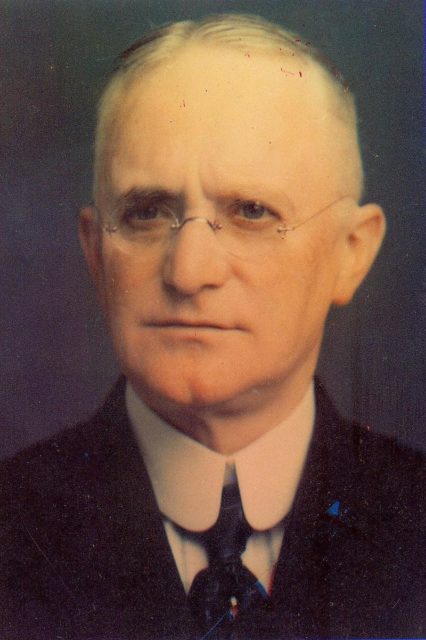
He became interested in photography at age 23 and spent three years in his mother’s kitchen working on how to better develop photographs. In 1881, with the financial backing of a Rochester businessman, he formed the company that later became Eastman Kodak. His work would make it possible for mainstream America to take pictures.
Eastman purchased the property at 900 East Avenue in Rochester in 1902 and hired the architect J. Foster Warner to design a house similar to the Elihu Root House in the city of Buffalo. Together with the landscape architect and garden designer Alling S. DeForest, they created a beautiful estate on the 8.5-acre plot. The grounds of the 50-room Colonial Revival-style house boasted fantastic formal gardens, greenhouses, farmland, barns, and stables. The house was intended for dinner parties and private music concerts.
After Eastman’s death, the mansion was bequeathed to the University of Rochester, serving as a residence for the university president. It was later chartered as a museum, opening its doors to the public as the George Eastman House International Museum of Photography and Film in November 1949. The museum, now recognized as a National Historic Landmark, underwent a major restoration project in the late 1980s. This saw many of Eastman’s personal artifacts and photographs recovered and returned to the house.
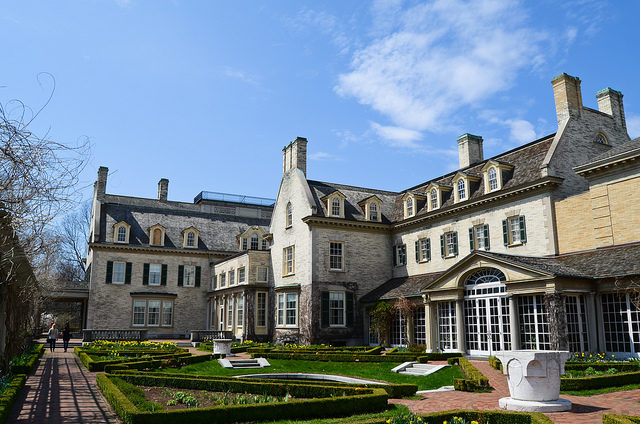
Today, visitors can see the restored library, billiard room, conservatory, and Eastman’s bedroom on the second floor. When it became a museum, the purpose was to present a full history of photography and film. The first exhibition was put on display right after its opening on November 9, 1949, and the exhibited photographs were the core collection of the museum.
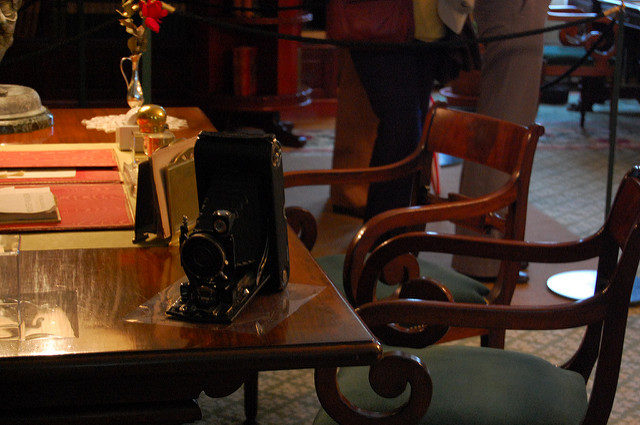
This collection is one of the oldest and the best in the world and houses 400,000 pictures that date from the birth of photography in 1839 up to today. Over 8,000 photographers are included in the collection, which is expanding every day.
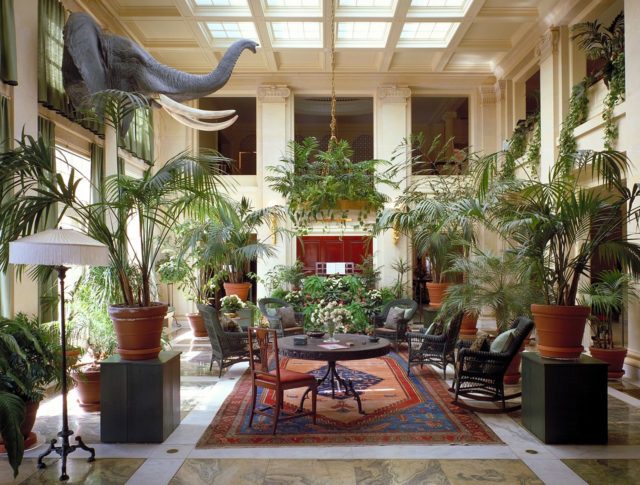
Other famous photographers whose works can be seen in the museum are Edouard Baldus, Roger Fenton, Mande Daguerre, Carleton Watkins, Felice Beato, Peter Henry Emerson, and the photography firm Southworth & Hawes. Over the years, many corporate collections, entire archives, and portfolios of artists were donated to the museum and also rare ephemera and motion pictures.
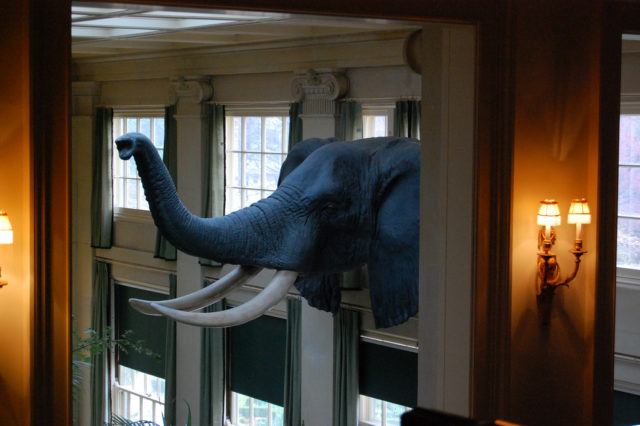
In need of additional space to study and display the rapidly growing collection, a new facility was opened to the public in January 1989.
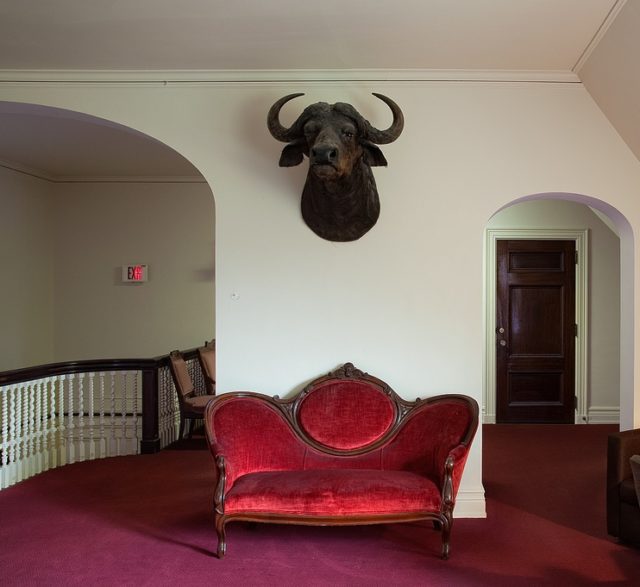
In the mid-1990s, the museum founded the Louis B. Mayer Conservation Center in Chili, New York. Eastman House also launched the first school for film preservation in the United States, the L. Jeffrey Selznick School of Film Preservation.
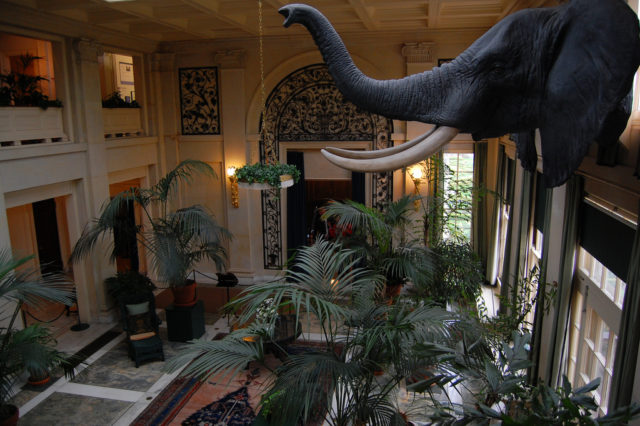
The museum truly depicts the life of Eastman and his remarkable achievements. One of the most amazing parts of the house is the small theater that shows vintage films and also the gardens are a must-see.
Related story from us: Antoni Gaudí’s first commissioned house in Barcelona will open as a museum
The rock garden and the west garden can be accessed without admission to the museum.
